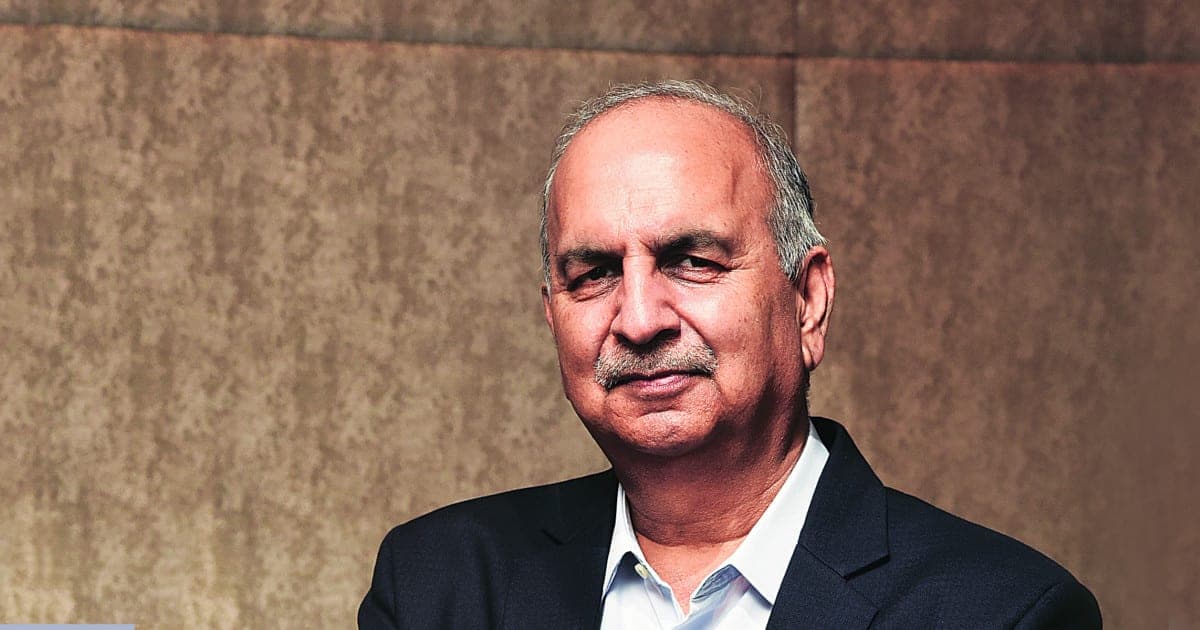Rajesh Uppal reflects on his 40-year journey at Maruti Suzuki, highlighting how digital transformation and business alignment are reshaping the automotive industry.

I was with Maruti Suzuki for 40 years and am presently a principal consultant to the company and director on the board of Suzuki Motorcycle India. I have witnessed how technology can turn a traditional manufacturing business around. Digital transformation is definitely more than just the implementation of new tools—it means the use of technology that is in line with the business strategy, creating innovations, and always being flexible in dealing with new challenges.
Technology as a business enabler
From my point of view, IT can be employed for the accomplishment of dual aims. The first is “hygiene IT”—systems like ERP that enable the business to operate efficiently. The second one, which is more important, is transformative IT—technology that gives real value by making operations more efficient, deepening customer experience, and growing the business.
Far too many times, technology teams concentrate on tools rather than business results. I always stressed that IT personnel have to be deeply familiar with the business they are supporting. Without this, digital efforts can easily turn into mere experiments instead of being the main sources of value.
Instilling a digital mindset in an old-fashioned firm
To advance digital innovation in an old-fashioned company like Maruti Suzuki needed a committed effort. We formed a different digital team that was responsible for innovation projects only, this enabled the core IT team to deal with daily operations without losing sight of urgent business demands.
Besides that, it was pretty clear to us that we are unable to develop every single digital skill internally. Collaboration with outside experts gave us more room to adjust as we went along so that we would be able to get the right capabilities when we needed them.
We launched training sessions with senior management to also create digital demand internally. That entailed educating them on digital concepts and project development. This top-down approach not only secured executive buy-in, which is vital for adoption, but also ensured that the change was carried right through. The culture of innovation was thus further cemented, as similar programs cascaded to middle management and employees.
By means of an internal entrepreneurship challenge, we asked employees to pitch their digital ideas thereby not only building a rich pipeline of projects, but also giving our people the power to design the company’s digital future.
Prioritizing business value over technology hype
Generative AI, as the dominating topic, is certainly getting everyone excited about it. The technology can't be the only driving force here. Business value as the result of any digital initiative will prove the initiative's worth. A solid business case should be at the heart of every new project.
Our digital finance marketplace is a good example of a success story. In the past, customers who visited dealerships would negotiate separately with multiple financiers— a process of which the customer was largely unaware. Our platform not only enabled a number of financiers (more than 25) to come together, but also made it possible for customers to compare the offers transparently and to finish the financing process in a matter of minutes instead of several days. This not only improved the customer experience but also increased transparency, and at the same time, created new revenue streams.
Preparing for the future: Challenges and opportunities
There are some main hurdles ahead of the automotive industry if looking at it from the angle of technology.
Connected cars and customer engagement: Real-time data from connected cars will be used to create custom experiences for each customer. A key differentiator will be this capability.
Smart factories: The combination of 5G, IoT, and analytics will allow efficient, traceable manufacturing, which will be of better quality and be more agile.
Data-driven decision making: Using data about operations and customers collected for a very long time will enable you to improve your methods and be ahead of your competitors.
Employee experience: Digitalisation of the shop floor requires the implementation of efficient workflows and the involvement.
Building and retaining talent in a competitive landscape
Talent management is undoubtedly the most difficult IT challenges nowadays. When I was in charge of both IT and HR, we discovered that we couldn’t outmatch pure IT firms for talent if we tried to do it in their way. Therefore, we decided what skills we wanted and made different career paths especially for premium digital skills.
Top performers stayed because of a clear and fair pay that was related to the skills and the work done. The building of a strong partner ecosystem also became a way for us to have access to specialized skills whenever we need, thus ensuring our flexibility.
Advice for aspiring CIOs
My advice for CIOs who want to go to board-level positions is simple: talk to business people in their language. Grasp thoroughly your company’s strategy, problems, and opportunities. Be a partner to the business, not just a technology provider.
Besides, develop a skill of being able to feel opportunities not only in your traditional IT role. Make your experience more diversified and be ready to get involved in new areas where you can contribute. A mindset of opportunity sensing and adaptability will be the difference between you and the rest of the pack.
The digital revolution is a path, not a final point. It needs vision, harmony, and a culture that welcomes change. Working at Maruti Suzuki has taught me that, if technology and business go together, the opportunities will be infinite.
By continuing you agree to our Privacy Policy & Terms & Conditions
